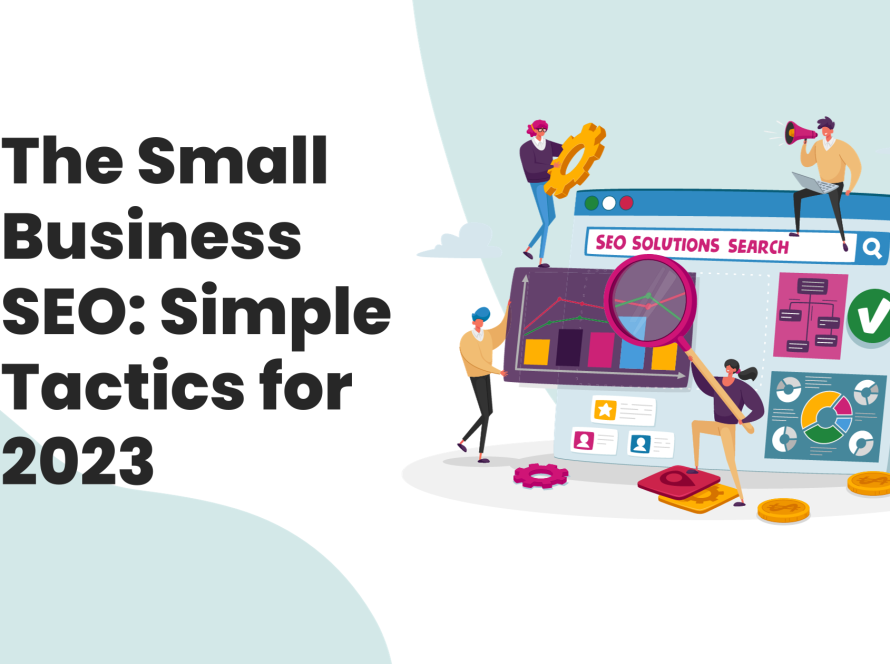Discover The Ultimate Guide To Website Performance Optimization! Learn 10 Expert Strategies To Speed Up Your Site, Enhance User Experience.In today’s digital landscape, the speed and performance of your website play a crucial role in attracting and retaining visitors. Not only does a fast-loading site improve user experience, but it also boosts your search engine rankings, driving more organic traffic to your pages. In this comprehensive guide, we’ll delve into 10 proven strategies for optimizing your website’s performance, ensuring that your site is not only blazing fast but also ranks high in search engine results.
Streamline Your Code:
Behind every fast-loading website lies clean and efficient code. By minimizing unnecessary HTML, CSS, and JavaScript, you can reduce file sizes and improve load times. Take the time to optimize your codebase, remove any unused or redundant elements, and leverage tools like minifiers to compress your files without sacrificing functionality.
Optimize Images for the Web:
Images are often the largest elements on a webpage, and improperly optimized images can significantly slow down your site. To prevent this, compress your images using tools like Photoshop or online services such as TinyPNG. Additionally, consider using the latest image formats like WebP, which offer superior compression without compromising quality.
Leverage Browser Caching:
Browser caching allows you to store static resources like images, CSS, and JavaScript files locally on your visitors’ devices. By enabling browser caching, you can reduce server load and speed up page load times for returning visitors. Configure your server to set appropriate cache headers and expiration times for different types of content to maximize caching efficiency.
Implement Content Delivery Networks (CDNs):
A Content Delivery Network (CDN) distributes your website’s static content across multiple servers worldwide, delivering it from the server closest to each user. By reducing the physical distance between your visitors and your server, CDNs minimize latency and improve page load times, especially for users accessing your site from different geographic locations.
Prioritize Above-the-Fold Content:
To improve perceived performance and deliver a snappy user experience, prioritize loading above-the-fold content first. Load critical resources like text, images, and CSS necessary for rendering the initial viewport without delay, while deferring non-critical resources to load asynchronously or after the page has loaded.
Enable GZIP Compression:
Enable GZIP compression on your web server to reduce file sizes and speed up page loading. This built-in feature efficiently compresses HTML, CSS, and JavaScript files, ensuring faster delivery to your website visitors’ browsers.
Minimize Redirects and Server Requests:
Every redirect and server request adds to the time it takes for your pages to load. Minimize redirects by updating your internal links to point directly to the final destination and reduce server requests by combining CSS and JavaScript files, eliminating unnecessary plugins, and optimizing third-party scripts.
Regularly Monitor and Test Your Website:
Monitoring your website’s performance is key to identifying issues and implementing optimizations. Use tools like Google PageSpeed Insights, GTmetrix, or Pingdom to regularly test your site’s speed and performance. Pay attention to key metrics like page load time, time to first byte (TTFB), and overall page size, and address any issues that may be affecting your site’s performance.
Optimize for Mobile Performance:
With an increasing number of users accessing the web from mobile devices, optimizing your site for mobile performance is essential. Use responsive design techniques to ensure that your site looks and performs well on all screen sizes and devices. Minimize the use of large images and heavy scripts, and prioritize mobile-friendly features like Accelerated Mobile Pages (AMP) to enhance mobile performance further.
Stay Updated and Evolve:
The landscape of website performance optimization is constantly evolving, with new techniques and technologies emerging regularly. Stay updated with the latest trends and best practices in web development and performance optimization, and be proactive in implementing changes to keep your site running smoothly and efficiently.
Conclusion:
Improve your website’s performance for better user experience and higher search engine rankings. With these 10 proven strategies, your site will be faster, more efficient, and primed for success. Implement them now and see your website climb the search engine results, driving more traffic and reaching your online goals.
Unlock the potential of your website with our expert performance optimization services. Implement these strategies today and let us propel your online presence to new heights!



